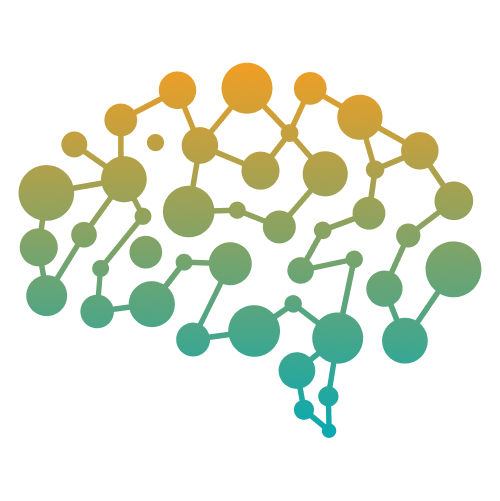In an era where safety is paramount, the intersection of artificial intelligence and life safety is redefining health and safety solutions across diverse industries. This blog delves deep into the transformative power of Life Safety AI, elucidating its profound impact on construction sites and medical environments, ultimately contributing to a holistic approach to health and safety.
- Construction Site Safety Transformed by Life Safety AI: Construction sites, with their dynamic environments and inherent risks, benefit immensely from the integration of Life Safety AI. These advanced systems provide a comprehensive solution for risk assessment, hazard detection, and emergency response coordination. Through real-time data analysis, Life Safety AI ensures that construction professionals operate in a secure and well-protected work environment, promoting the overarching goal of life safety.
- Health & Safety Solutions Beyond Construction: The versatility of Life Safety AI extends far beyond the construction industry, making significant strides in medical environments. From hospitals to clinics, the application of AI in healthcare amplifies health and safety measures. Life Safety AI contributes to patient well-being, medical staff security, and the overall enhancement of health and safety protocols in medical settings.
- Emergency Response Excellence in Critical Situations: Life Safety AI proves to be a game-changer in emergency response systems, providing unparalleled efficiency and coordination. Whether it’s a construction site incident or a medical emergency, AI-powered systems ensure rapid deployment of resources, streamlined communication, and effective decision-making. This not only saves crucial time in critical situations but also significantly contributes to life safety outcomes.
- Predictive Maintenance Ensuring Equipment Reliability: In the construction and medical domains, the reliability of equipment is fundamental to safety. Life Safety AI facilitates predictive maintenance, leveraging data analytics to forecast potential issues before they escalate. By emphasizing equipment reliability, organizations can proactively address maintenance needs, reducing the risk of equipment failures and ensuring a consistent focus on life safety.
- Behavioral Monitoring: A Pillar of Compliance and Safety: Life Safety AI introduces sophisticated behavioral monitoring systems that foster a culture of safety and compliance. Whether it’s ensuring adherence to safety protocols on a construction site or compliance with healthcare standards in medical settings, AI-driven monitoring adds an extra layer of security. By focusing on behavioral patterns, organizations can actively prevent accidents and reinforce a commitment to life safety.
- Personalized Safety Training: Nurturing a Culture of Safety Across Domains: Tailoring safety training programs is a cornerstone of effective safety measures. Life Safety AI analyzes individual performance data to personalize training modules for construction workers and medical professionals alike. This targeted approach not only enhances knowledge retention but also fosters continuous improvement, creating a culture where life safety is ingrained in every aspect of the work environment.
Conclusion: In the symbiotic relationship between Life Safety AI and health and safety solutions, industries like construction and healthcare are witnessing a paradigm shift. The comprehensive integration of AI technologies enhances risk assessment, emergency response, equipment reliability, behavioral monitoring, and personalized training. As organizations embrace these advancements, they pave the way for a safer and more secure future, where the keywords of life safety and health and safety solutions become synonymous with cutting-edge innovation and unwavering commitment to the well-being of individuals.

